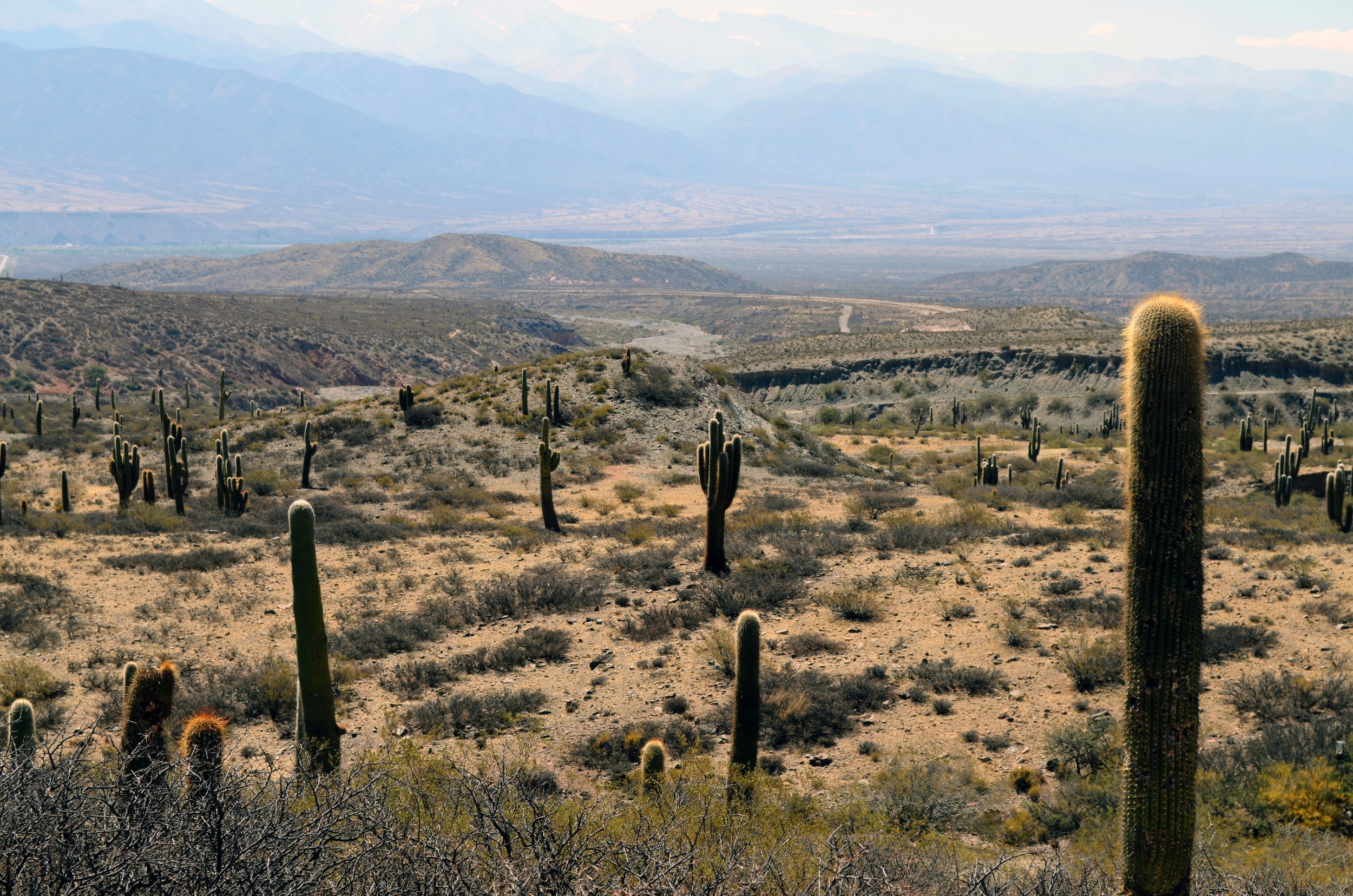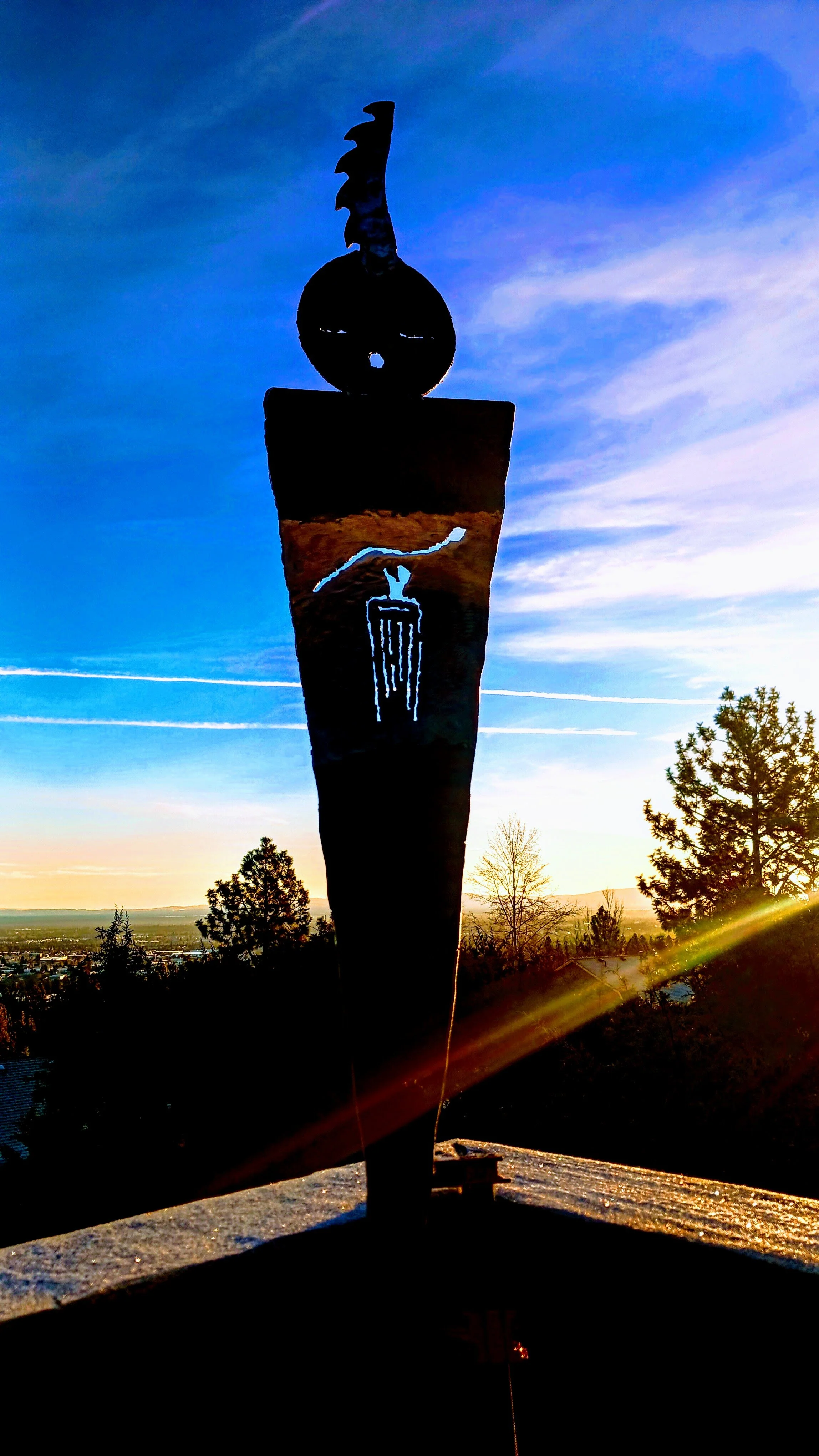
My Story

Born in Argentina, Joseph Kehoe can count some of his ancestors among the region’s Indigenous peoples. That connection lay largely dormant until it was reawakened by a trip to the Four Corners area in the late 1980s. The ancient petroglyphs and pictographs found there have haunted his sleep — and his art — ever since.
The Process…
Whenever possible, salvaged metal is used to create the shamans, kachinas, and spirits. The more rust the better. The images, which are plasma cut by hand, are almost always based on actual ancient pictographs or petroglyphs. Some angle grinding, some welding, more grinding, and the pieces are ready to name. The names usually come from a song title or lyric. Classic rock meets ancient rock art.

The Artist…
Joseph Kehoe was born in Buenos Aires, Argentina. According to legend, when he was an infant a terrible storm ripped the roof off the house, sending a massive beam crashing down onto his still-warm crib — from where his father had plucked him seconds earlier. As a toddler he stole a teddy bear and bit a dog.
According to DNA testing, Kehoe is roughly ten percent indigenous. Obviously, what that means is open to debate. “I don’t know,” he says. “I try not to pretend it means anything more or less than that I’m ten percent indigenous. Still, it’s kind of special.”
Kehoe has a degree in history from the University of California at Berkeley. He has served time as a journalist, a teacher, and an author. In addition to being a metal artist, he is a BQ marathoner, a Road Runners Club of America-certified running coach, and a protest singer.
Inspirations and Beginnings…
The American Southwest is my spiritual home. I can appreciate the wonder of mountains, forests, and the ocean, but there’s just something about the desert that calls to me unlike anything else. The beauty, the magic, and the peace I find there are beyond words. And for me, part of that beauty is the rock art, sometimes in plain sight, sometimes hidden away.
Islands in the Stream left a strong impression on me when I first saw it in the late 1970s — long before I ever dreamed of getting into welding. In it, the George C. Scott character is a metal sculptor. I’m pretty sure the words “that’s what I would like to do some day” didn’t pop into my head at the time, but something about it spoke to me and stayed with me.
Years later when I first started haunting the junk and scrap yards of Tucson, I was overwhelmed. There were so many choices, so many paths. I knew that I was surrounded by possibilities. I just couldn’t see them. I couldn’t hear them.
So, in the beginning I would wander around aimlessly under the blazing Sonoran sun, finally settling on a few pieces “inspired” solely by dehydration and the need to come back home with something, anything.
But over time I learned to quiet the noises in my head and listen.
Before long, the metal began to speak.
And the rust began to whisper.
I still have moments now and then when I feel lost, when like a distant mirage, I see what isn’t there. In those moments, when uncertainty finds me, I close my eyes and take a deep breath. Or two. And I wait.
If I wait long enough, I know the metal will speak to me again.
And that I will once again salvage a tiny piece of the magic.

